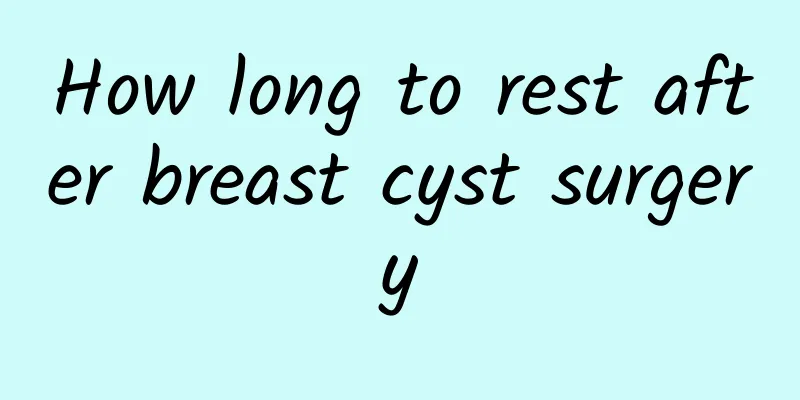Yoga on bed for lumbar disc herniation

|
Yoga in bed can be used as an auxiliary means of relieving lumbar disc herniation, but care should be taken to choose appropriate movements to avoid aggravating the condition. It is also recommended that patients with moderate to severe conditions practice under professional guidance and combine it with other rehabilitation methods to improve the problem. 1Causes and risks of lumbar disc herniation Lumbar disc herniation is caused by rupture or degeneration of the annulus fibrosus after the intervertebral disc is compressed. The causes include long-term improper posture, lack of exercise, lifting heavy objects or excessive strain. Genetic factors and intervertebral tissue degeneration are also common causes. Patients usually experience low back pain, radiating pain or numbness in the lower limbs, and severe cases may affect walking and quality of life. Relieving anxiety, promoting blood circulation and strengthening the waist and back muscles are important directions for improvement. 2The effects and precautions of bed yoga In the rehabilitation of lumbar disc herniation, bed yoga can effectively promote waist relaxation and relieve pain due to its slow and gentle movements, and it also helps to restore spinal stability. However, you need to be extra careful when practicing. The following movements can help relieve symptoms: Lie on your back and lift your knees to your chest: bend your legs alternately and bring them as close to your chest as possible to help stretch your lumbar spine muscles. Cat-Cow Variation: Lie flat on your back and stretch your waist with slow, controlled breathing. Hip Bridge: Use your back and waist to lift your hips to improve lumbar spine stability, but avoid excessive range of motion. It is recommended that the movements be gentle and avoid excessive twisting and compression of the lumbar spine. 3. Supplements to the comprehensive recovery method In addition to yoga, the following methods can be combined: Physical therapy: such as massage, acupuncture or infrared heat therapy, to promote local blood circulation. Core muscle exercises: Choose exercises such as planks and hip rolls to strengthen the muscles around the lumbar spine and prevent further damage to the intervertebral discs. Drug improvement: Anti-inflammatory and analgesic drugs can be used under the guidance of doctors in the acute stage, such as ibuprofen, celecoxib, etc. Patients with severe herniation may need to consider transforaminal endoscopic surgery. Although bed yoga can help relieve the symptoms of lumbar disc herniation, the degree of suitability varies from person to person. Be cautious when choosing movements and do not pursue excessive difficulty. It is recommended to combine medical professional guidance, exercise and healthy diet to optimize the rehabilitation process. After the early symptoms improve, you should gradually return to normal life and maintain good posture habits to prevent recurrence. |
<<: Can I eat beef if I have a urinary tract infection?
>>: How to treat neuralgia caused by thickening of the yellow ligament and spinal stenosis
Recommend
Will excessive liver fire cause hepatitis?
Liver fire itself will not directly lead to hepat...
What is synovitis and what are its symptoms
Synovitis is a disease in which the synovium of t...
Can I drink milk if I have breast cyst?
People with breast cysts can drink milk in modera...
What are the hazards and symptoms of perianal abscess?
If the onset of perianal abscess is not treated p...
Why does perianal abscess recur repeatedly?
The recurrence of perianal abscesses may be troub...
How to treat bone fracture better
Bone fractures are often confusing and worrying, ...
Detailed explanation of the treatment of gallstones
There are many treatments for gallstones, includi...
What is the difference between a neck aneurysm and a carotid body tumor?
What is the difference between a carotid artery a...
Do I need to take medicine for birads2 breast cyst?
Breast cysts of BI-RADS2 usually do not require m...
What are the symptoms of early osteomyelitis?
Symptoms of early osteomyelitis include local pai...
Is the pain of changing the dressing for perianal abscess bearable?
The pain of changing the dressing for perianal ab...
Is it okay to do a puncture on a breast cyst?
Breast cyst puncture is usually a safe and effect...
What is the effect of taking vitamin C for mastitis
Supplementing vitamin C appropriately can help en...
Does perianal abscess require two surgeries?
Perianal abscesses usually require surgery, and w...
What to do for femoral head necrosis
Examination of femoral head necrosis usually requ...









